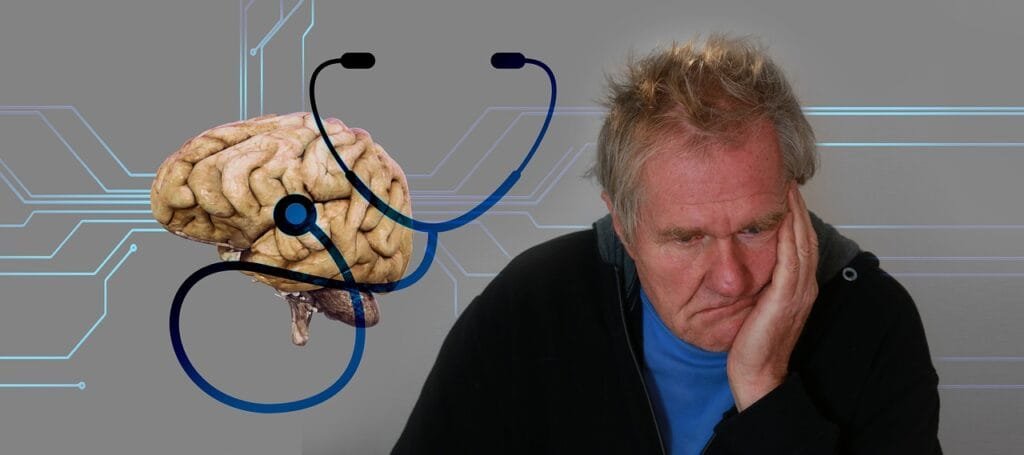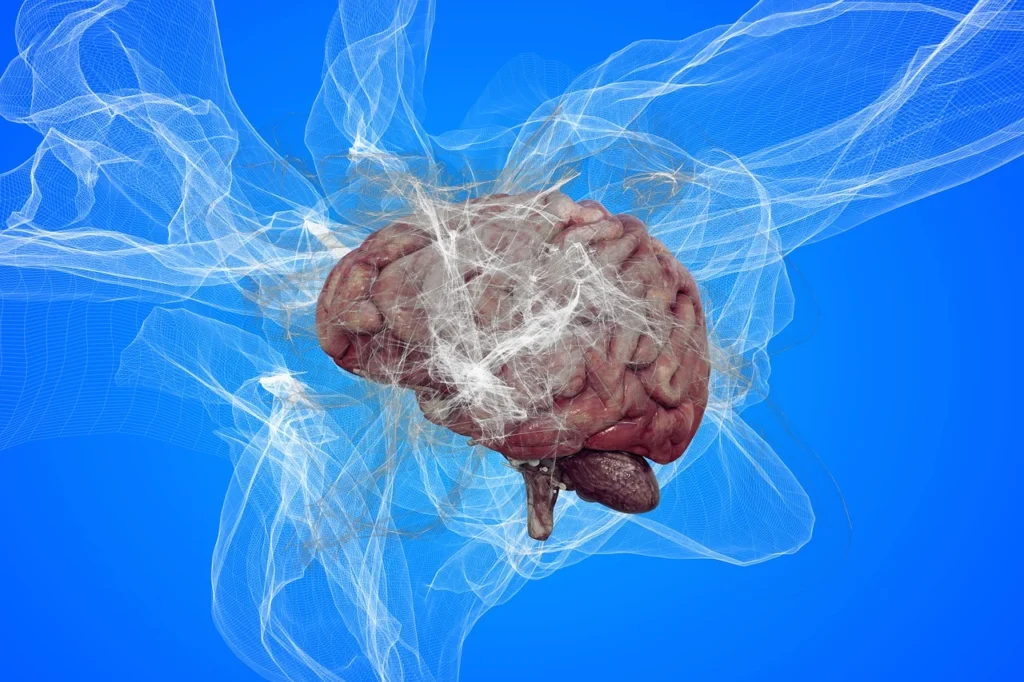Introduction

Parkinson’s disease is a chronic neurodegenerative disease characterized mainly by movement-related symptoms. However, it typically presents with subtle presentations, which call for early identification of the symptoms. Recognizing warning signs and knowing the causes of difficulties characterizing Parkinson’s disease will be helpful in making interventions.
Pre-Warning Signs of Parkinson’s Disease
Parkinson’s disease has symptoms in many forms. Most of the symptoms that occur in its early stages are very mild and confusing enough to be similar to those of aging or other diseases. However, there are actually indicators that may indicate the onset of PD:
Tremors or shaking: Probably the most famous symptom of Parkinson’s, tremors typically occur in the hands, fingers, or arms while at rest. The tremors are often rhythmic and worsen over time.
Slowed Movements (Bradykinesia): A defining feature of PD is slowness of movement. Tasks like walking, writing, or buttoning a shirt take longer and become more difficult to perform as the disease progresses.
Rigid Muscles: The stiffness can be in any area of the body and most often is associated with pain and discomfort. This stiffness makes everyday activities painful, and mobility is also somewhat restricted.
Poor Posture and Balance: One of the features of Parkinson’s disease is a stooping posture, which places patients at risk for falls and poor balance.
Changes in Speech and Writing: Parkinson’s often makes speech soft, slurred, or hesitant. Writing becomes very tiny and cramped, something known as “micrographia.” Forgetting Automatic Movements: There’s also loss of certain automatic movements a person may have, such as blinking, swinging of arms while walking, or facial expressions, which can impact social interaction.
Spotting these symptoms early can be beneficial for those at risk or who are experiencing symptoms without realizing they have symptoms of a bigger neurological disorder. What is important is seeking a medical professional’s opinion in getting a proper diagnosis, as many of these symptoms overlap with other conditions.
Causes of Parkinson’s Disease

The cause of Parkinson’s disease is still undetermined, but several factors have been identified that bring about the condition: genetics, among others.
1. Genetics: Although the majority of Parkinson’s disease cases occur spontaneously, there can be genetic involvement in causing the disease. Certain gene mutations have been linked with PD, and there can be an increased risk if a family history of having Parkinson’s is present.
Environmental Factors: Some environmental toxins, such as pesticides and herbicides, raise the risk of getting PD. Prolonged exposure to these toxins causes neurodegeneration leading to PD.
Loss of Dopamine Production Neurons: The causative factor for Parkinson’s is closely related to the low levels of dopamine, a neurotransmitter that controls and governs movement and emotional responses. This occurs because the neurons within one area of the brain called the substantia nigra start degenerating.
Age and Sex: Parkinson’s risk varies directly with age; most people are older than 60 when they are diagnosed. Men are significantly more at risk for PD than women, but the reasons for this difference are not known.
Head Injury: There is some evidence that repeated head trauma, or concussions might increase vulnerability to Parkinson’s, although the theory has been attacked and much more evidence is needed before definitive claims can be made. Anyone who has had head injuries, particularly repeated concussions, could be more susceptible.
Challenges of Living with Parkinson’s Disease
Parkinson’s disease is not an easy disease, and it affects all aspects of one’s life. Here are some of the main disadvantages and problems experienced by those who suffer from PD:
Loss of autonomy: Most patients suffering from Parkinson’s will be gravely handicapped by the loss of ability to perform their daily activities as it progresses. Loss of dressing, eating, or even walking will be felt at all stages for nearly all of them. They will soon require support in caregiving, which would be a tremendous burden on the mind of the patient and the loved ones.
Physical Impairment: Tremors, rigidity, and bradykinesia would make most physical activities difficult. More time and energy might be required, even for simple functions. The risk of falls and injuries increases, and so, this further imposes physical impairment on the patient.
Psychosocial and mental health implications Patients suffering from this progressive disease like Parkinson’s would feel the psychosocial impact of mentally miserable. Depression, anxiety, and apathy have been commonly seen among those affected with PD. Such individuals may also show changes of cognition at later stages of disease progression, as memory and decision-making can be problematic.
Financial Burden: In the case of Parkinson’s disease, treatment is costly. If long-term medication and therapy are involved and if the patient needs caregiving support, there will be a significant financial burden on both the patient and his family if it affects their ability to work.
Social Challenges: Social interactions are also very challenging due to changes in voice or articulation, facial expressions, and the overall effect of PD on their somatic selves, resulting in isolation and a decreased social life. This may be one reason many patients with PD feel lonely.
Side Effects of Drugs: Although drugs for the management of Parkinson’s disease symptomatically are effective most of the time, their use is accompanied by side effects, including nausea, dizziness, and dyskinesia, or involuntary movements. Drugs may lose their potency and require adjustments or additional drugs to be taken over time.
Conclusion:

Parkinson’s disease is a very complex, progressive neurological disorder with many associated warning signs, causes, and challenges. These could be the first observed symptoms of the disease—tremors, slowed movement, and muscle rigidity—however, so many aspects of life will be influenced by this disease. As of the writing of this report, no cure exists for the disease, but a number of treatments do exist that might help patients cope with their symptoms and improve the quality of life for the suffering patients of Parkinson’s disease.
Early recognition and intervention can make a difference in managing the progression of the disease, helping those affected to maintain as much independence and quality of life as possible.



